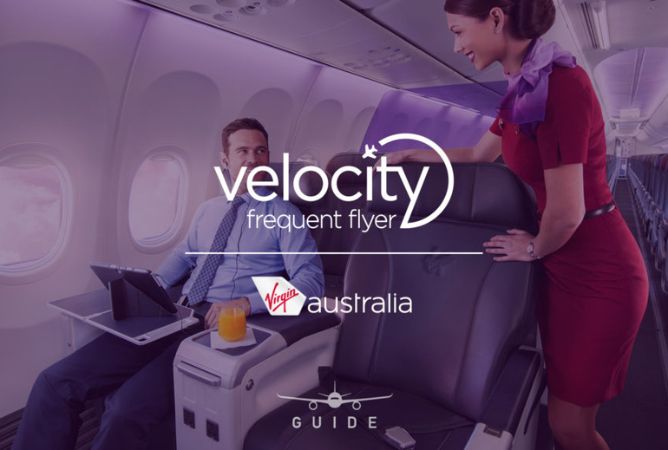- The publisher for over-commercialising their website
- The advertiser for creating irritating ads
- The data analysers who misread audiences and serve up irrelevant messages
- You start with your owned media, delighting customers with better experiences and more powerful content through the channels you create and control
- Then share these experiences through relevant social channels (attracting people who share attributes with your customers
- Finally, advertising in paid media then becomes more effective because the message or experience a person has with the communication will be that much more relevant





